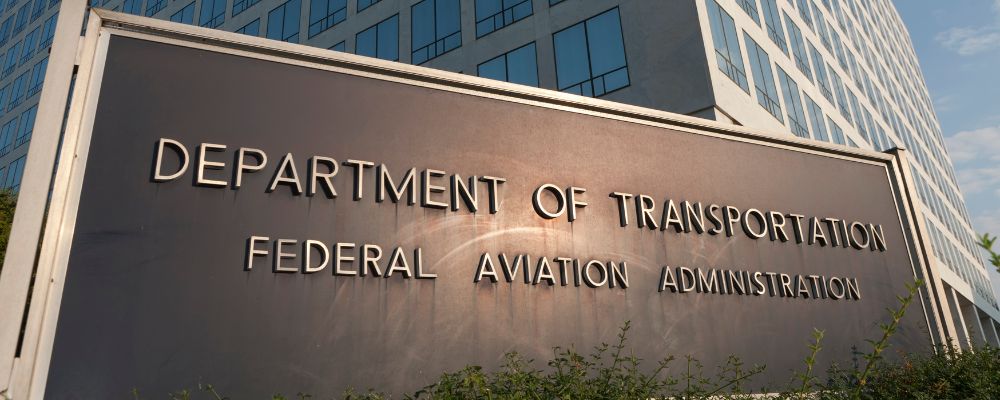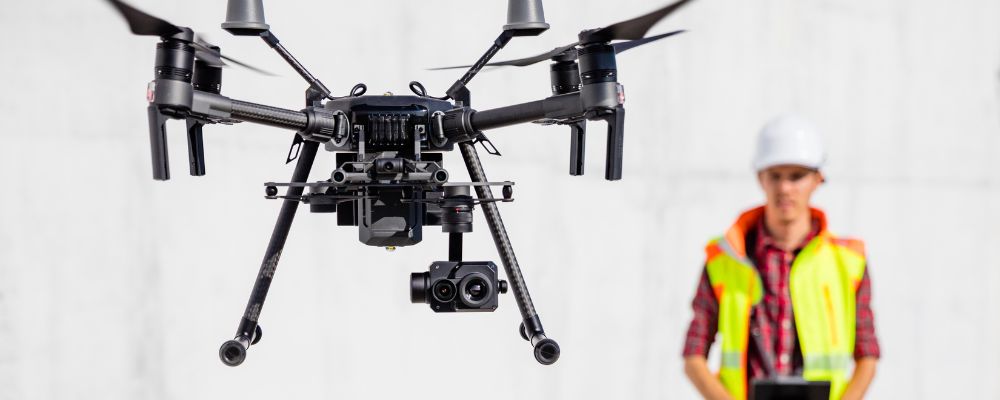As the prevalence of drone technology escalates, the imperative to safeguard their operation intensifies. The Federal Aviation Administration (FAA) acknowledges this criticality, proposing a set of detailed guidelines aimed at enhancing the safety and accountability of drone utilization. A notable recommendation within these guidelines is the endorsement for drone pilots to wear high-visibility reflective safety vests, a seemingly straightforward measure, yet significantly influential in its contribution to operational safety.
The FAA's Stance on Safety Vests
The FAA emphatically suggests that individuals operating small unmanned aircraft systems (sUAS), along with their support personnel, wear brightly colored, reflective safety vests during operational activities. This advice is rooted in the objective of augmenting the visibility of drone operators to both the general public and law enforcement entities. The vests recommended are akin to those utilized by personnel in critical safety roles, including construction workers, airport ground staff, and utility employees, that distinguished by their highly visible characteristics.

Underlying Justifications for the Recommendation
The advisement for drone pilots to wear safety vests is founded on several pivotal considerations:
Visibility and Identification Enhancement
Central to this advisement is the aim to render drone pilots conspicuously visible and easily identifiable. Safety vests, particularly those in vivid colors with reflective properties, are universally recognized indicators of individuals engaged in tasks with potential hazards, prompting caution among bystanders. Extending this protocol to drone pilots facilitates their clear recognition as operators of aerial devices, especially in densely populated or sensitive locales where drone operations might attract scrutiny or interest.
Minimization of Distractions and Interferences
Drone navigation demands undivided attention and continuous visual contact with the device. Interruptions by onlookers can pose substantial safety hazards, not just to the drone and its operator but also to the public. The visibility vests act as a visual deterrent, encouraging people to keep a safe distance, thereby allowing pilots to concentrate on secure operation without disturbances or unforeseen engagements.
Professionalism and Accountability Promotion
The act of wearing a safety vest projects a professional image of the drone operation, signaling to observers and authorities alike that the pilot is conscientiously abiding by safety norms and regulations. This practice is instrumental in nurturing a positive image of drone usage among the populace and regulatory agencies.
Fostering Constructive Public and Law Enforcement Interaction
Safety vests can lead to more enlightened interactions with law enforcement officials and the public. By visibly identifying themselves, drone operators can alleviate apprehensions regarding the legality and safety of their drone activities. Such visibility also diminishes unwarranted law enforcement contacts initiated by public members who might otherwise misconstrue the nature of the drone operation.

The Significance of Compliance
Compliance with the FAA's advisories, including the recommendation for safety vest usage by drone pilots, is essential for responsible drone operation. Observance of these guidelines fulfills several crucial roles within the unmanned aerial vehicle (UAV) operation ecosystem:
Ensuring Public Safety: The FAA's guidelines are crafted with the operator's and public's safety in mind, aiming to minimize risks associated with drone flights by making pilots readily identifiable and lessening potential distractions.
Legal Obligations and Accountability: Adhering to FAA regulations is a legal requirement for drone pilots. Following these advisories demonstrates an understanding of their responsibilities, mitigating the risk of penalties or legal repercussions.
Professionalism and Industry Reputation: For commercial drone operators, compliance with FAA guidelines is indicative of their professionalism, enhancing their reputation and the broader perception of the drone industry.
Operational Integrity Enhancement: Heeding FAA recommendations ensures preparedness for various scenarios, embodying a proactive approach to risk mitigation and contributing to superior operational outcomes.
Additional Safety Gear Advisories
While the emphasis is on safety vests for their visibility and identification benefits, a holistic approach to safety encompasses other protective gear, such as hard hats, safety goggles, ear protection, first aid kits, and reflective drone tape. Integrating these safety measures affirms a comprehensive commitment to operational security.

Conclusion
Adopting the FAA's safety guidelines, particularly the utilization of high-visibility safety vests, signifies a critical step towards cultivating a safer, more accountable drone-flying milieu. This directive underscores the FAA's dedication to integrating drones into national airspace safely, highlighting the paramount importance of visibility and security in drone operations. Let us persist in responsible drone operating, ensuring the skies remain secure and safe.
FAQs
Why does the FAA recommend safety vests for drone pilots?
The FAA recommends that drone pilots wear high-visibility safety vests to enhance their visibility to the public and law enforcement. It reduces distractions by clearly identifying them as operators engaged in flight operations, and promoting safety and professionalism in the field.
What should be printed on the safety vests according to the FAA?
The FAA suggests that the safety vests should have text such as “Drone Pilot - Do Not Disturb”, “Drone Pilot - Stand Clear”, or simply “Drone Pilot” printed on them. This is to further emphasize the pilot's role and discourage unnecessary interruptions from bystanders, thereby enhancing the safety of drone operations.
Is compliance with the FAA's safety recommendations mandatory for drone pilots?
While the FAA's recommendation for wearing safety vests and other safety gear is not a legal requirement, compliance is strongly advised. Adhering to these recommendations can help pilots avoid potential legal issues, enhance the safety of their operations, and contribute positively to the public perception of drone flying.





